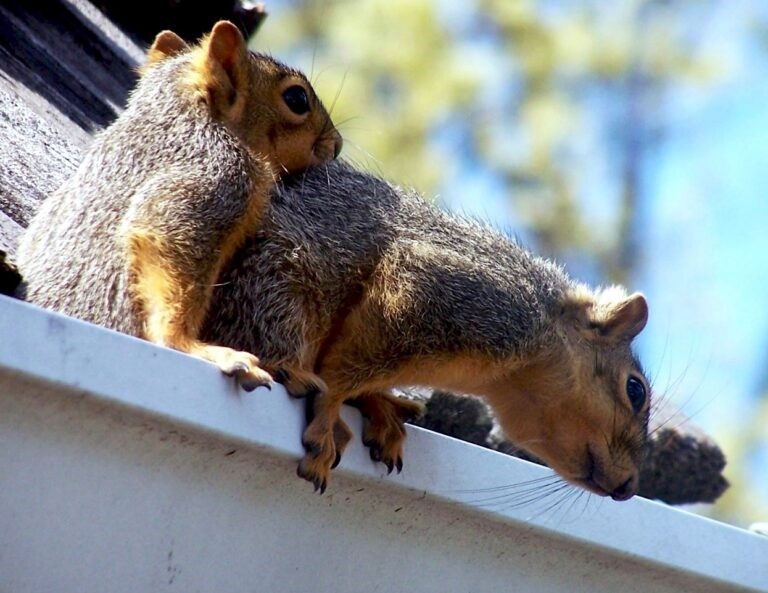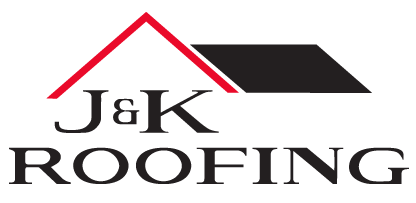
6 Signs You May Have Squirrels in Your Attic or Roof
As winter approaches, it’s time to prepare your home for the cold season and all the moisture it brings. That includes ensuring your attic and roof are properly ventilated and in good shape to protect you from the elements. It’s also an excellent time to make sure no unwelcome visitors like squirrels have set up in your attic to weather the cold.
Squirrels can wreak havoc on your home if you’re not paying attention. They see your attic as a warm, secure place to rest and wait out winter; in doing so, they can create some terrible issues for you to deal with. They also like to store pine cones in opportune locations.
Read on for tips on where squirrels store food and how to know you have squirrels in your home.
Where Squirrels Store Pine Cones
Squirrels eat a variety of food including seeds, nuts, acorns, tree buds, leaves and parts of pine cones. Tree squirrels do not hibernate, so they need to collect and store as much food as they can for the cold winter months when food becomes scarce. Pine cones happen to be a choice food for squirrels as they enjoy the seeds and can gnaw on the pine cones to keep their front teeth short.
Squirrels store food where they find a good hiding place. They usually bury the pine cones or hide them in holes in trees, but they also see your roof as a storage location. Squirrels can shove pine cones under your roof ties and roofing material, causing cracked tiles and damage to your roof. In Littleton, Colorado, we found several hundred pinecones stored under a customer’s roof tile.

How Do Squirrels Get Into Attics?
Squirrels use their sharp teeth to chew through tough materials. They can chew through both vulnerable materials like hail-damaged shingles, wood or siding, and they’re small enough to get through little openings you might not expect.
However, squirrels can most often enter your attic through vents, fan openings, missing pieces of soffit and fascia, conduits where wiring and cables enter your home, etc. Checking all of these locations and more is one crucial reason why having an annual roof inspection is key to the health of your roof and home.
Why You Don’t Want Squirrels in Your Attic or Roof
Squirrels may be cute, but they can cause serious problems for you and your property. They’ve been known to chew on electrical wiring and create a fire hazard. It’s even estimated that damage caused by squirrels causes 20% of house fires in the United States.
Beyond the fire hazard, squirrels are also harmful to your roof for several reasons, including the noise, smell, and, most importantly: the damage they can cause to your home. Squirrels have large teeth and can chew through many types of material, which could create leaks or other serious problems for you.
How to Know if You Have Squirrels in Your Attic or Roof
1. You’ve seen more squirrels moving around your property.
If you’ve noticed more squirrel activity on your property, you may be at greater risk of squirrels making a home inside your attic or roof. They’re most active in the mornings and late afternoons and spend much time gathering food for winter, building their nests, and playing with each other. Cut down tree branches that overhang or are close to your home to deter easy access to your roof.
2. You notice the noise.
Squirrels make a distinct chirping noise to communicate with each other. You may not hear this sound, but you might listen to them moving up above as they build their nests and prepare for the cold season.
3. You start to smell something funny.
Squirrels don’t necessarily hibernate, but when the temperature drops, they spend most of their time in the nest they’ve made. They eat, sleep, and go to the bathroom in the same area, which creates a foul odor that you may be able to smell inside your house. Sadly, they may also die within your attic, which can smell as terrible as it sounds.
4. You spot nests in your attic or roof.
If you crawl up in your attic and notice little nests of twigs, leaves, trash, insulation, etc., you know you have a squirrel problem. They bring in many materials from the outside, but they’ll also use whatever soft material is available to them in your attic.
5. You see the mess they leave behind.
Because they spend so much time foraging and building their nests, squirrels are messy. You might be able to identify their presence based only on the various messes of acorns, bird seed, droppings, and whatever human-made materials they use to build their nests.
6. You have unexplained damage to your home.
Squirrels can cause some serious problems for you to deal with, including chewing through wires, insulation, and any other materials they find in your attic or roof. They’re capable of chewing through many materials, so be sure to have all areas of your roof and attic checked for squirrel damage to your attic or roof.
We Can Get Your Roof in Good Shape
If you experienced roof damage from squirrels or other animals, we’ve got you covered. Our experienced team will perform a professional inspection and give you a full report of the damage and what you need to do about it. J&K Roofing provides services to the Denver Metro, Front Range, Colorado Springs, and Northern Colorado regions.
Get in touch with us today by filling out the form on our website or calling 303-425-7531.
